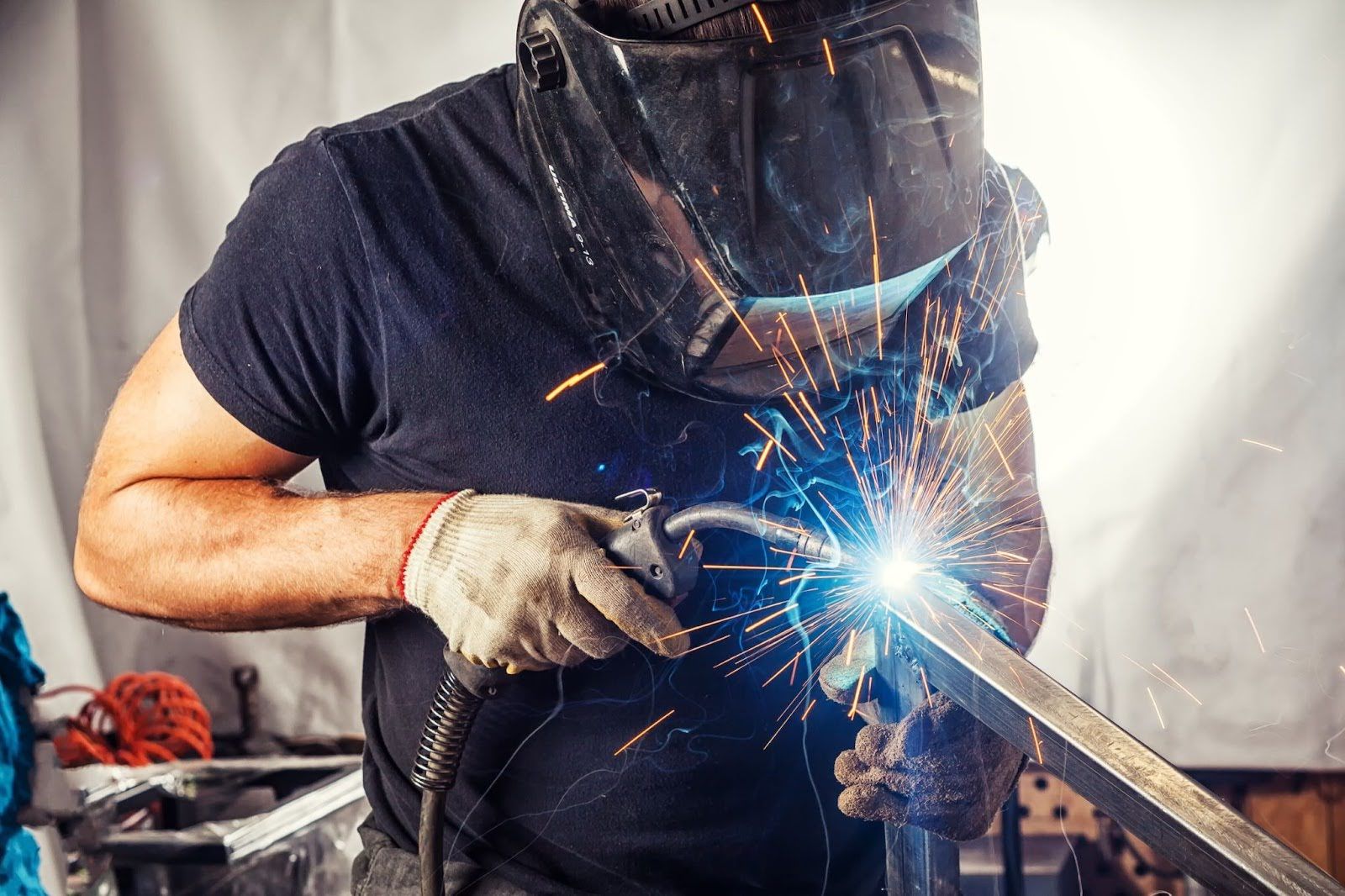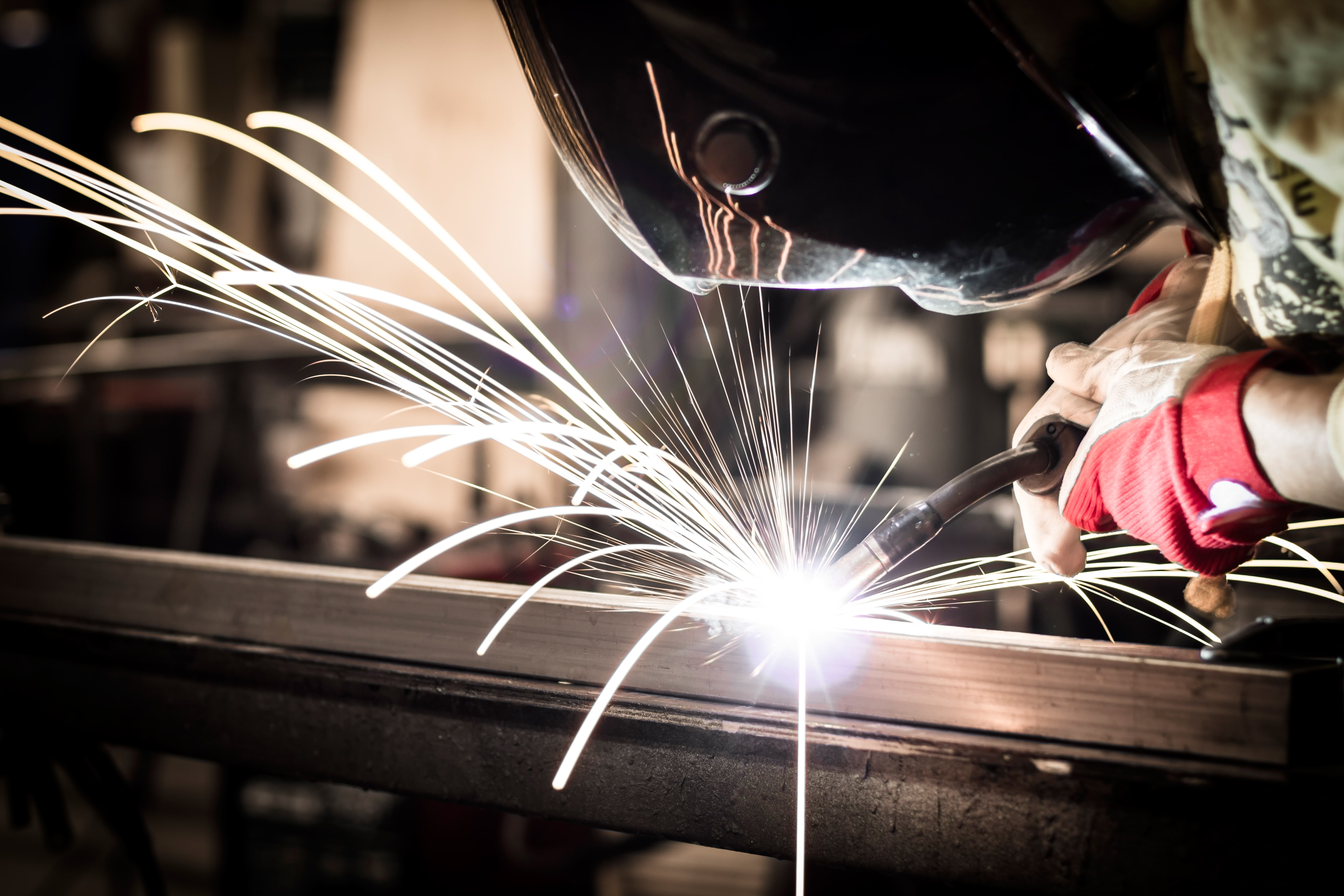Specialist Techniques for Preventing Weld Undercut Properly
Necessary Tips for Welders: Preventing Undercut Welding and Ensuring Stronger Weld Joints
In the realm of welding, accomplishing sturdy and solid weld joints is the foundation of producing premium work. However, one usual challenge that welders frequently encounter is undercut welding, which can endanger the stability of the weld joint. By comprehending the elements that add to undercutting and executing the right strategies and safety measures, welders can properly stop this problem and make certain the durability and strength of their welds. Allow's check out some important ideas that can help welders navigate this obstacle and elevate the quality of their welding tasks.

Understanding Undercut Welding
Undercut welding is a typical welding issue that occurs when the weld metal fails to correctly fill up the groove and results in a groove-like depression along the weld grain. This defect weakens the weld joint, making it vulnerable to breaking and failure under anxiety. Damaging can be triggered by different aspects, consisting of extreme welding present, high welding speed, improper electrode angle, incorrect electrode size, and inadequate welding strategy.
Among the primary reasons for undercut welding is a discrepancy between the welding current and the welding rate. If the welding current is too expensive or the welding rate is as well fast, the weld metal might not appropriately load the groove, causing undercutting. Additionally, using an electrode that is also big can lead to a similar end result, as the excess metal can not correctly flow right into the groove.
To avoid undercut welding, welders ought to ensure they are making use of the right welding parameters, keep an appropriate electrode angle, choose the ideal electrode dimension, and practice correct welding methods. By addressing these variables, welders can reduce the risk of damaging and create more powerful, more trusted weld joints.
Appropriate Welding Technique
Efficient welding technique plays a critical function in making certain the high quality and honesty of weld joints. Proper welding strategy involves a mix of adherence, precision, and skill to finest practices. One essential facet of proper welding method is keeping the correct angle and distance in between the welding weapon and the workpiece. Welders should additionally pay attention to the travel rate and warmth input to avoid problems like damaging, porosity, or insufficient combination.
Furthermore, a constant and constant hand activity is important for creating strong and resilient weld joints. Welders ought to go for smooth, uniform motions to guarantee even distribution of the weld material. Proper manipulation of the welding gun and filler product is additionally vital to attaining optimum infiltration and combination.
Moreover, managing the warm input and choosing the appropriate welding parameters based upon the product being bonded are important aspects in accomplishing top notch welds - Preventing weld undercut. Welders must follow the recommended setups supplied by welding procedure specifications and readjust them as required based on the details needs of the job. By mastering correct welding methods, welders can considerably enhance the toughness and dependability of their weld joints
Choosing the Right Electrode
When taking into consideration the significance of picking the ideal electrode in welding applications,Maintaining the correct angle and range in between the welding gun and the work surface is essential. The selection of electrode plays a vital role in establishing the high quality and toughness of the weld joint. Electrodes come in numerous types, each created for specific functions and products.
Firstly, choosing the appropriate electrode diameter is necessary. Thinner electrodes are suitable for welding thin products, while thicker electrodes are much better for thicker products and greater warmth applications. Matching the electrode diameter to the thickness of the work surface assists achieve a well balanced weld.
Secondly, comprehending the product make-up of the electrode is vital. Different electrodes are developed for welding certain products like steel, stainless-steel, light weight aluminum, or cast iron. Making use of the correct electrode material guarantees great combination and lessens the danger of flaws in the weld.
Last but not least, taking into consideration the welding placement and strategy is crucial when choosing the electrode type. Particular electrodes are much better fit for overhanging or upright welding settings, while others work well for flat or straight placements. Choosing the best electrode based on the welding strategy boosts the general weld quality and stability.
Preparing the Base Metal
To guarantee a successful welding procedure, what preliminary steps should be taken when preparing the base steel for welding? Appropriately preparing the base metal is essential for achieving solid and long lasting weld joints. The very first step in preparing the base metal is to cleanse it completely to remove any kind of pollutants such as rust, dirt, paint, or oil. This can be done making use of a cable chemical, more tips here brush, or grinder solvents. Additionally, any type of existing weld material or residue from previous welding should be eliminated to guarantee a tidy surface for the brand-new weld.

Performing Post-Weld Evaluations

After conducting these assessments, welders need to contrast the outcomes versus sector standards and job needs to make certain that the weld joint meets all necessary standards. Any kind of Check Out Your URL variances or insufficiencies uncovered throughout the post-weld inspection ought to be quickly attended to with proper restorative procedures to see it here ensure the weld's stability. By carefully doing post-weld assessments and immediately attending to any type of issues, welders can support the quality and integrity of their job, eventually contributing to the safety and longevity of the bonded frameworks.
Final Thought

In conclusion, preventing undercut welding and making certain more powerful weld joints need a combination of correct welding method, choosing the appropriate electrode, preparing the base steel correctly, and performing post-weld assessments. By comprehending the root causes of undercut welding and carrying out the required precautions, welders can create premium weld joints that meet market standards and make certain the structural honesty of the welded parts.
Undercut welding is a typical welding issue that happens when the weld steel fails to effectively fill up the groove and results in a groove-like clinical depression along the weld bead (Preventing weld undercut). Damaging can be caused by different factors, including too much welding current, high welding rate, inappropriate electrode angle, inaccurate electrode dimension, and poor welding method
One of the major reasons for undercut welding is a discrepancy between the welding existing and the welding rate. If the welding current is too high or the welding rate is also fast, the weld metal might not properly fill up the groove, leading to damaging.Maintaining the appropriate angle and range in between the welding weapon and the workpiece is fundamental when thinking about the relevance of choosing the best electrode in welding applications.